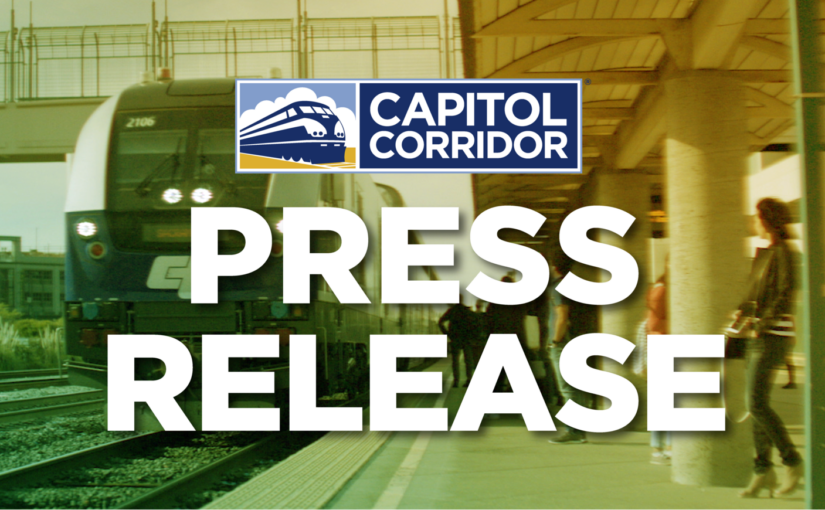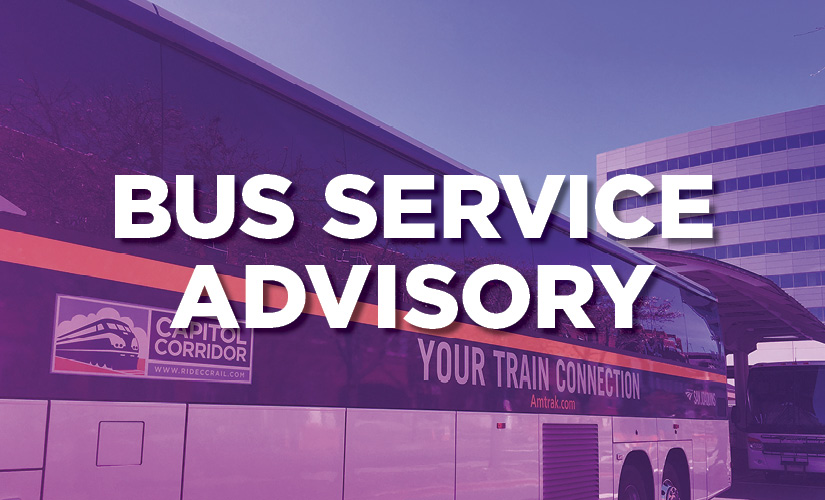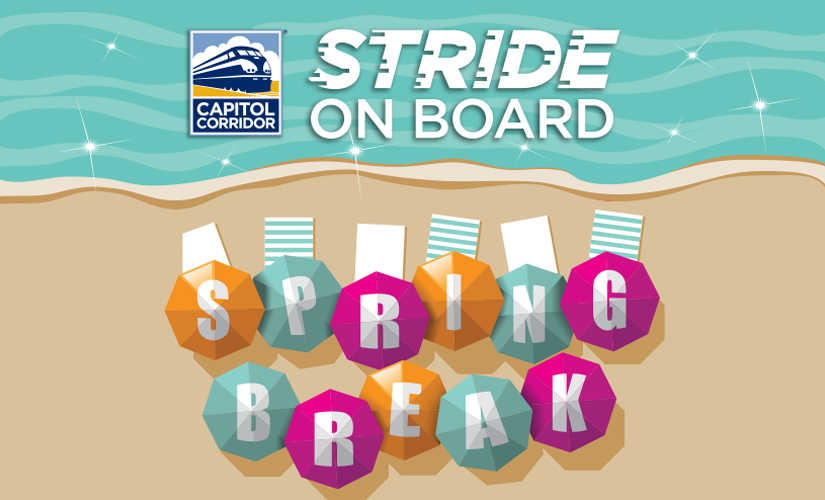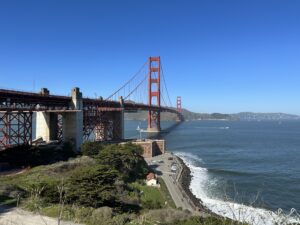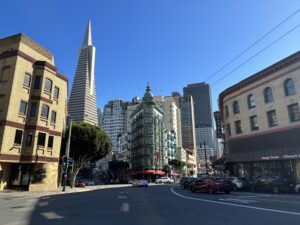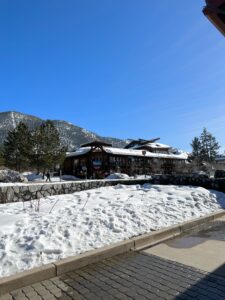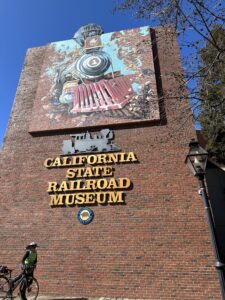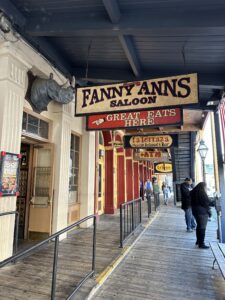Raburn elected Chair & Bruce Houdesheldt as Vice Chair for 2023-2024 term
Capitol Corridor Joint Powers Authority (CCJPA) announces BART Board Member Robert Raburn and Roseville Mayor Bruce Houdesheldt were elected to Chair and Vice Chair for CCJPA’s Board of Directors’ (Board) 2023-2024 term. CCJPA’s 16-member Board of Directors provide oversight of CCJPA’s business plan strategies for the Capitol Corridor® intercity passenger rail service.
“Chair Raburn’s years of CCJPA leadership experience and decades of transportation advocacy will be invaluable on the 2023-2024 Board, which includes experienced rail leaders and those new to CCJPA,” Capitol Corridor Managing Director Rob Padgette said. In January, forty percent of those sworn in to join the Board this term are serving for the first time. “Chair Raburn’s years of public service will bring critical leadership to Northern California in this exciting time for intercity passenger rail.” Padgette added.
Chair Raburn, as a BART Board Member, has served on CCJPA’s Board since 2013, yet he has supported intercity passenger rail well before his role as an elected official. He has been a regular Capitol Corridor rider since 1997, the year he purchased his first multiride pass and used his bicycle to pedal to Oakland’s Jack London Square.
“Capitol Corridor faces challenges so many public transportation agencies are currently struggling with,” Chair Raburn said. “I look forward to working with both new and seasoned Board Members to advance our key initiatives and continue Capitol Corridor’s role as Northern California’s premiere passenger rail service.”
Roseville Mayor Bruce Houdesheldt, as Vice Chair, brings more than 25 years of leadership. He has vast experience representing small and national companies on transportation, housing, land use, water and air quality policy and regulatory issues. Houdesheldt joined CCJPA’s Board in 2021. Serving as a CCJPA representative from the Placer County Transportation Planning Agency, the leadership team will bring to the CCJPA the broad geographic representation so central to CCJPA’s success.
About CCJPA and the Capitol Corridor®
Managed by the Capitol Corridor Joint Powers Authority (CCJPA), the Capitol Corridor is an intercity rail service connecting the most economically vibrant urban centers in Northern California – from Sacramento to Silicon Valley, and including San Francisco, Oakland, and Berkeley. With free Wi-i Fi on board, Capitol Corridor trains provide a convenient, reliable, and comfortable alternative to the congested I-80, I-680, and I-880 freeways for more than 700,000 passengers a year.

